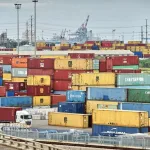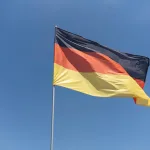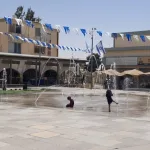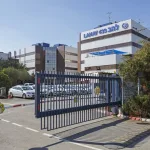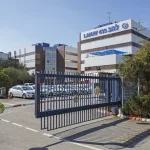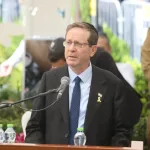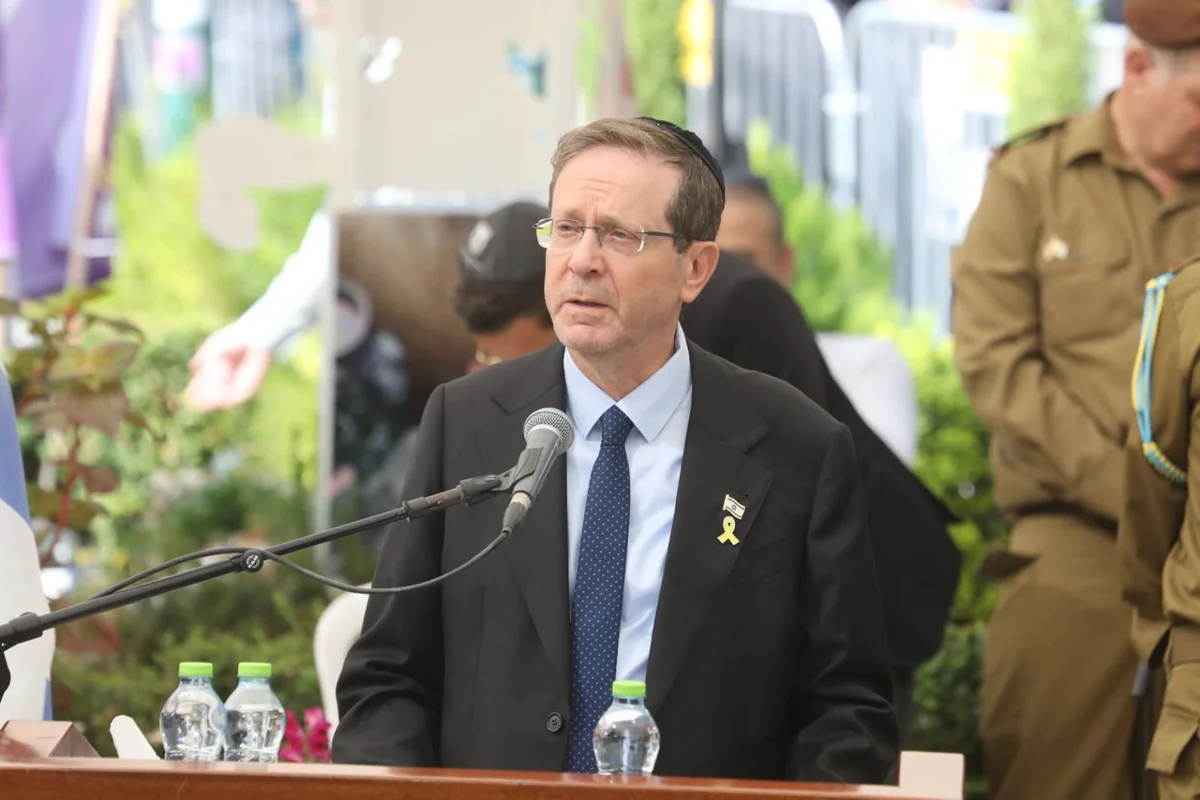Jerusalem, 10 August, 2025 (TPS-IL) — Archaeologists have uncovered the first conclusive evidence that bronze was produced locally in the Land of Israel during the Early Iron Age, rather than being recycled from older objects, the University of Haifa announced on Sunday. The discovery was made at El Ahwat, an ancient and short-lived settlement in northern Samaria, and is reshaping historians’ understanding of the region’s economy some 3,000 years ago.
“This is the first time we have conclusive proof that bronze was actually produced in the Land of Israel during the Early Iron Age, not as a recycling of existing items but as a real production process, at a site that was not a central city but a peripheral mountain settlement,” said Dr. Tzilla Eshel, the study’s author.
Laboratory tests on smelting products and residues found at El Ahwat revealed that copper and tin were alloyed on-site. The findings, published in the peer-reviewed journal PLOS ONE, suggest the site was part of a broader regional trade network that thrived after the collapse of the great empires of the Late Bronze Age. As international trade routes broke down, local groups — including those controlling copper production in the Arava — found opportunities to develop independent industries, laying the groundwork for emerging kingdoms such as Israel, Judah, and Edom.
The study reexamined metal artifacts discovered about 30 years ago during University of Haifa excavations led by the late Prof. Adam Zertal. Dr. Shai Bar of the Zinman Institute of Archaeology, together with Yoav Bornstein and Gal Barmatov-Paz from the School of Archaeology and Maritime Civilizations, carried out detailed analyses. The examination involved microscopic imaging, metallographic studies, and chemical composition testing, identifying the objects as copper and bronze smelting products, slag, and other by-products of primary production.
The researchers also conducted isotopic analyses to trace the origins of the copper. The results suggest that ores from both the Timna mines in southern Israel and the Faynan mines in Jordan were used. “These two sources are separated by the Syrian-African Rift, and while their isotopic composition is very similar, we were able to detect manganese and other markers found only in Faynan in some of the samples,” Eshel explained.
Importantly, the study confirmed that at least some of the metal droplets found at the site were formed by intentional alloying of copper and tin, rather than by remelting pre-existing bronze. The metallographic evidence showed varying production techniques—some crude and uncontrolled, others more precise. This points to a developing but not yet fully professional industry. “The alloys are not uniform in quality, but it is clear that this is a deliberate attempt to produce bronze on the site itself,” said Eshel. “This is an extraordinary find that forces us to rethink the economy and social organization in the Iron Age.”
The discovery challenges the prevailing view that mountainous, peripheral areas of the Early Iron Age were economically marginal and technologically dependent on larger urban centers. Instead, it suggests that organized metalworking and regional raw material distribution networks extended far beyond the cities.
While the study answers the question of whether bronze was produced locally, it raises new ones. The source of the tin used in the alloying process remains unknown, as does the identity of the groups working at El Ahwat and the full extent of the networks that linked them to other regions.
“We are now looking at a more complex picture of Early Iron Age society, where even remote communities had access to resources, technology, and trade connections,” Eshel said. “This was a period of innovation and adaptation, and El Ahwat provides a rare glimpse into that transformation.”

